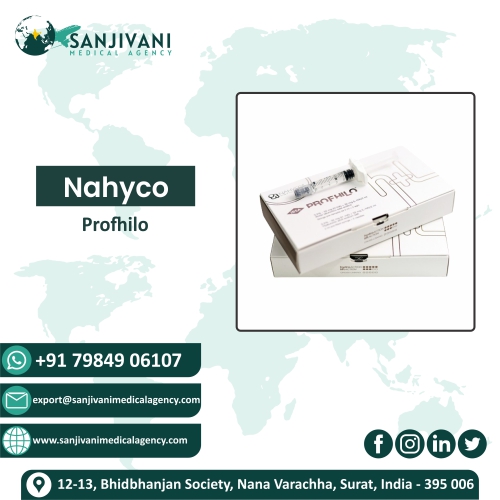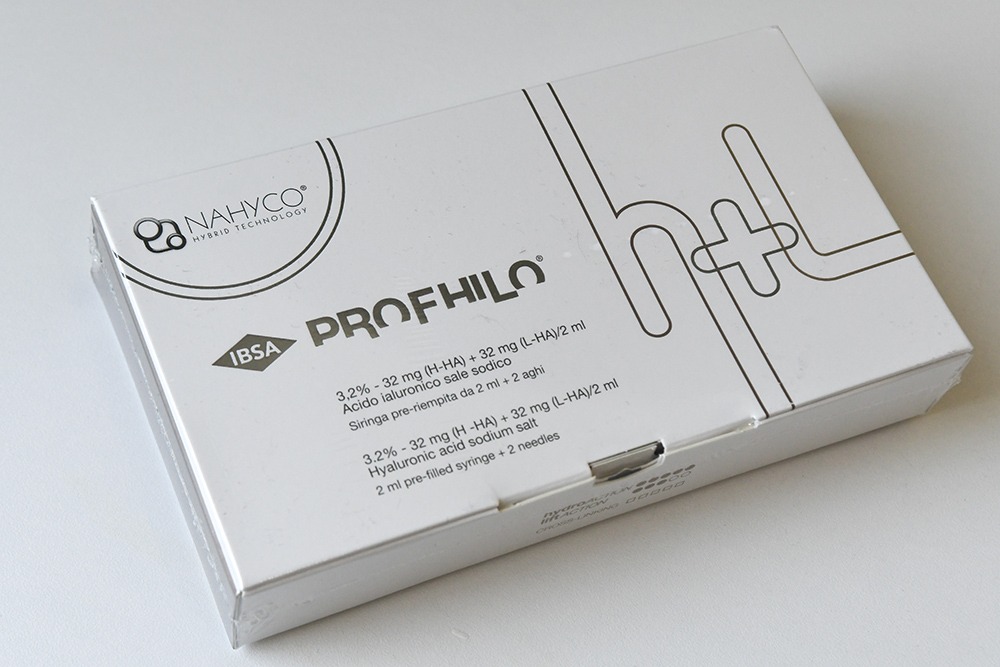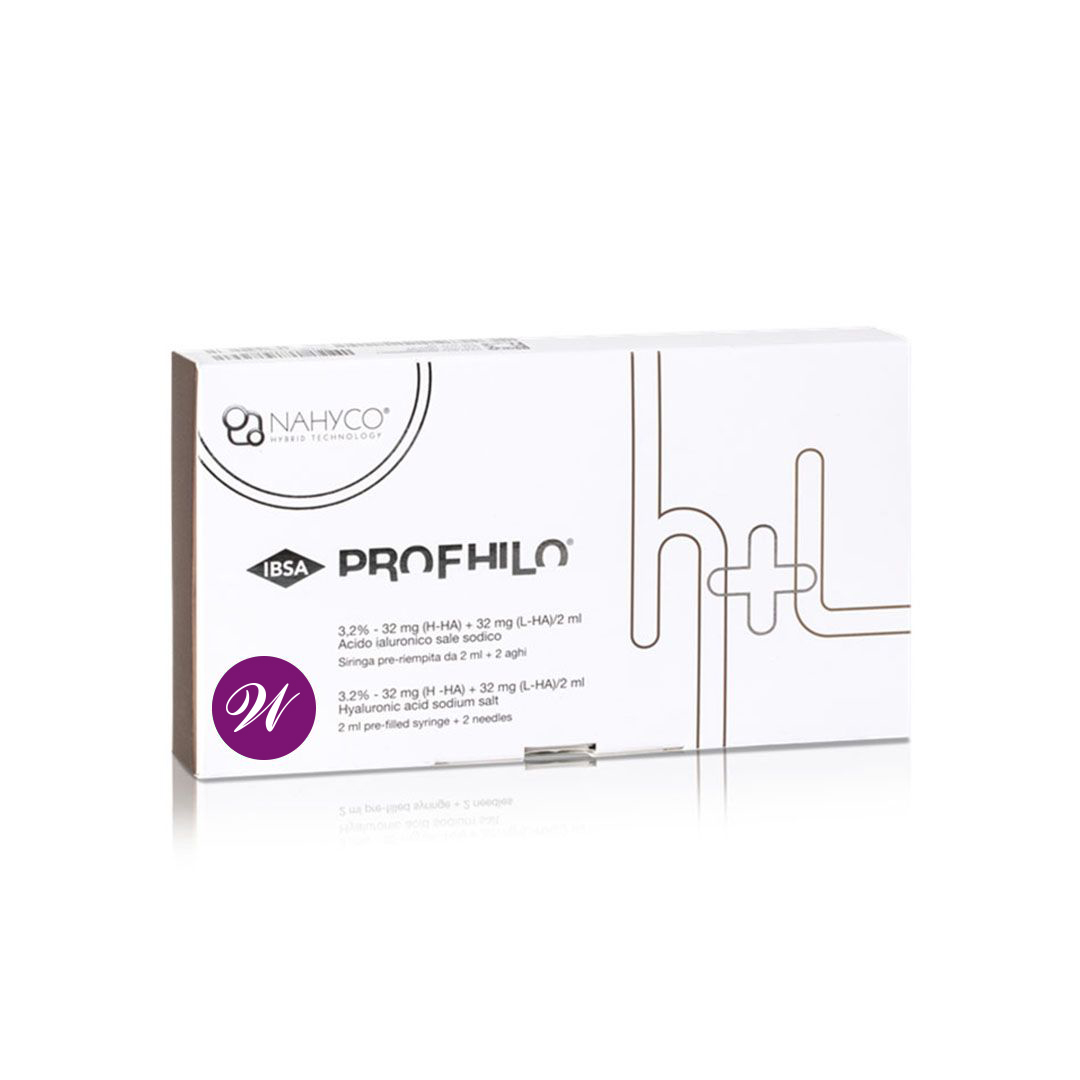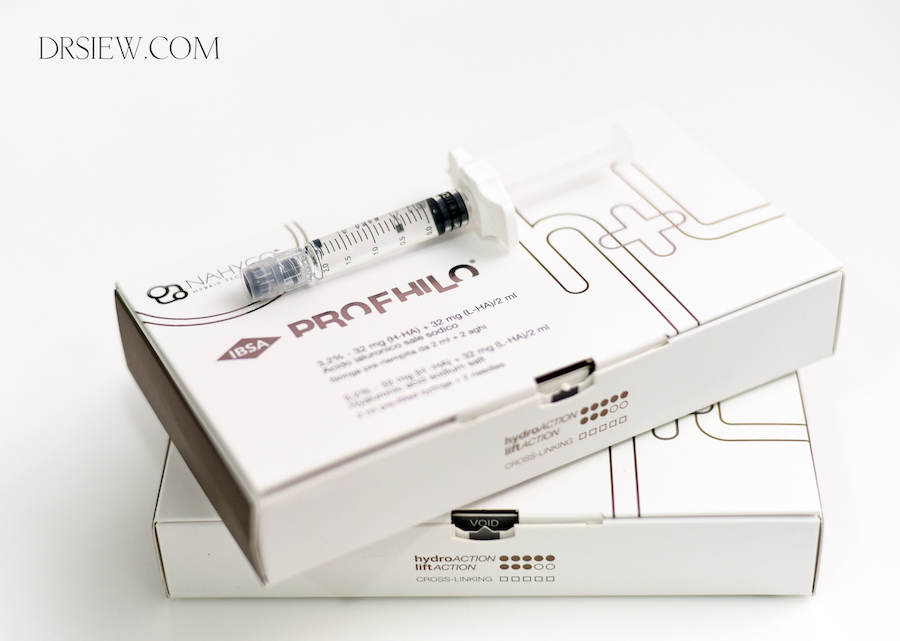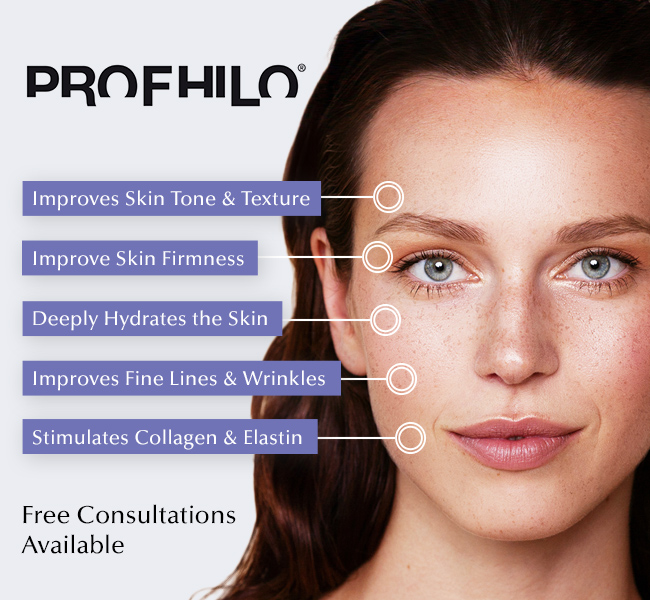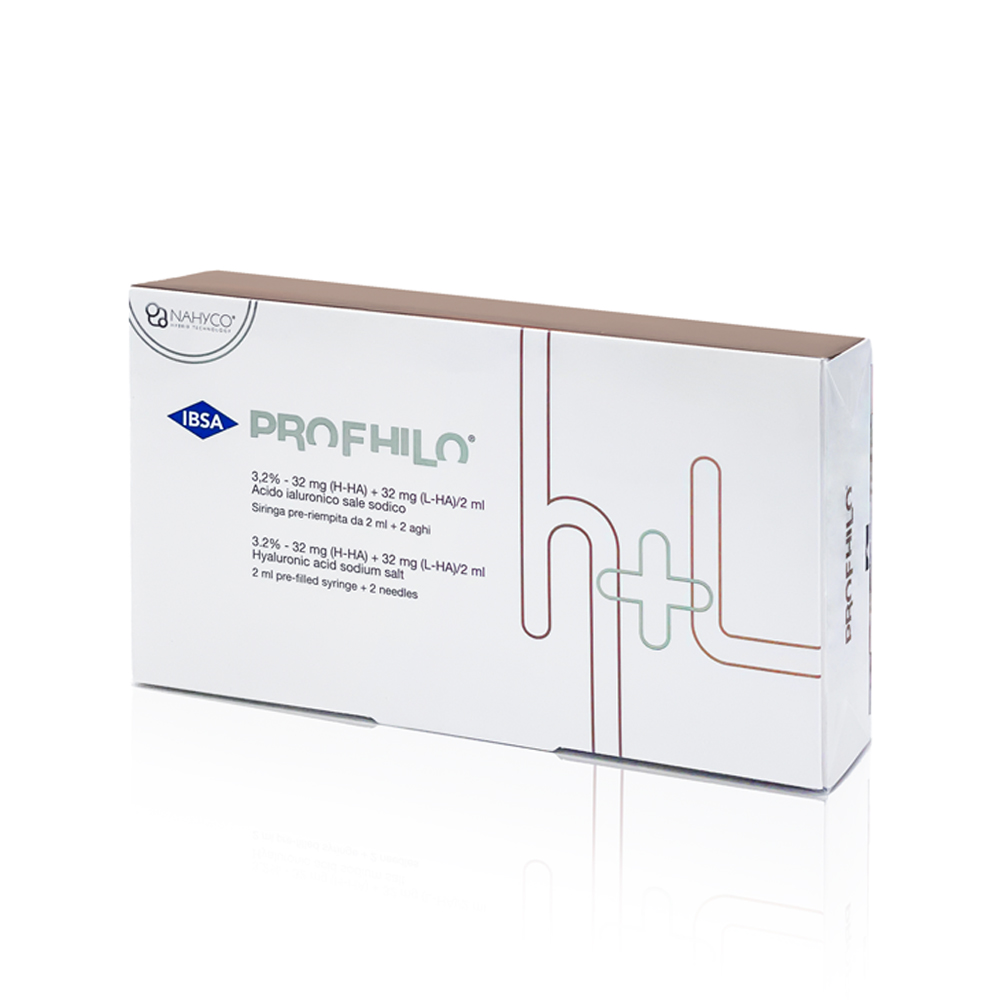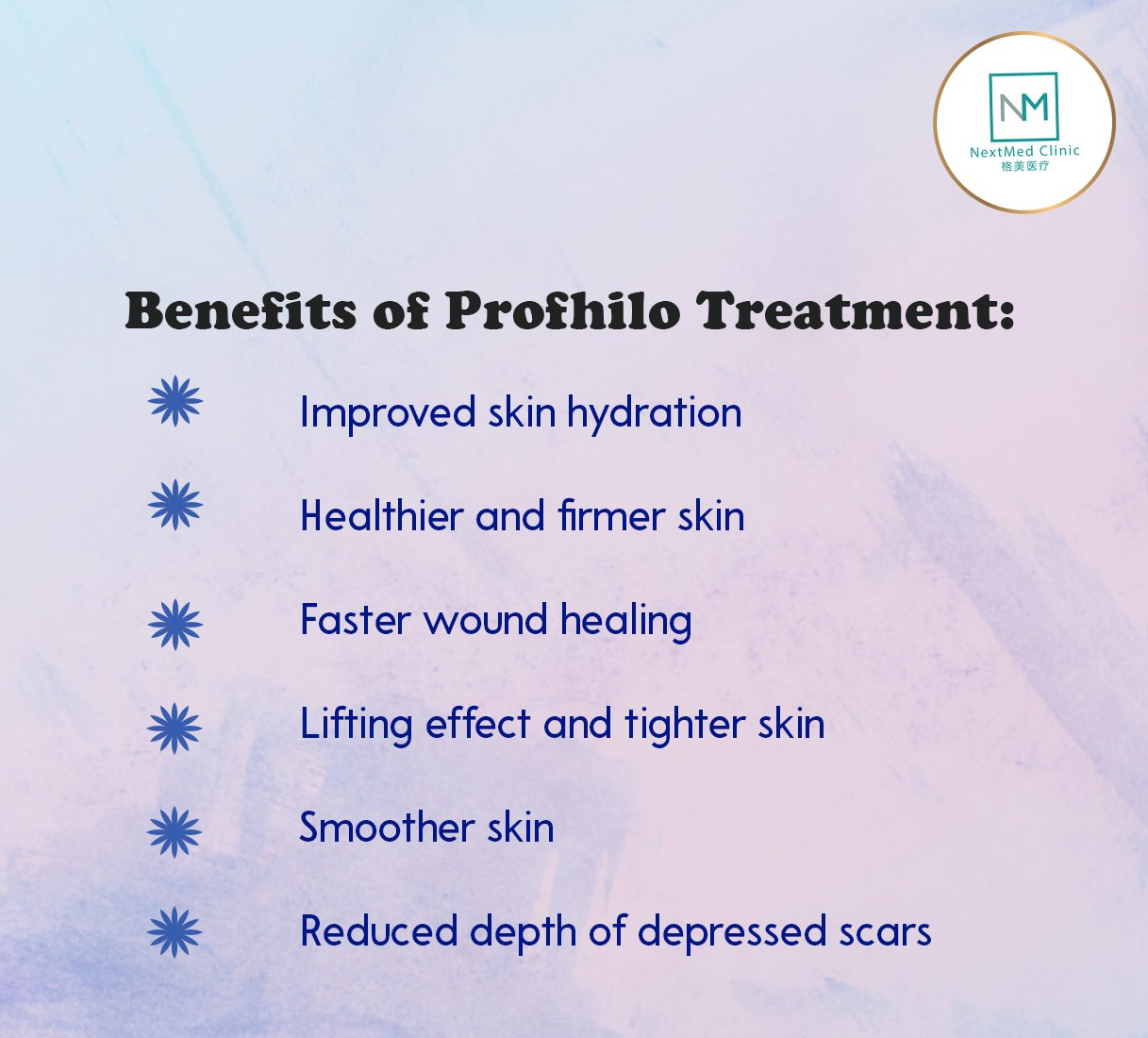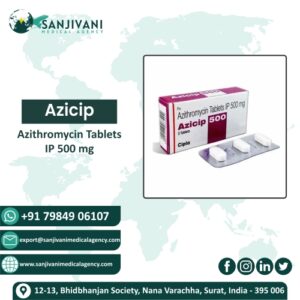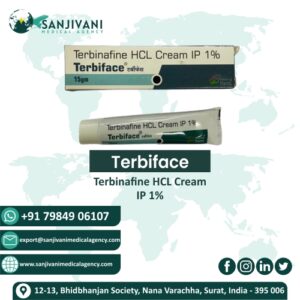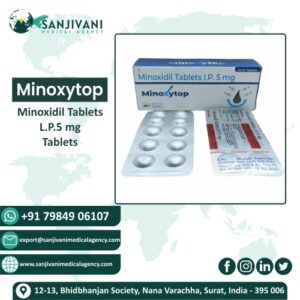Description
Product Information
Profhilo works by spreading water-binding hyaluronic acid below the surface of the skin like an “injectable moisturizer,” as Dr. Sarah Tonks, a London physician who was among the first to bring Profhilo to the U.K., calls it.
Our bodies naturally produce hyaluronic acid, which can hold up to 1,000 times its weight in water, but we gradually lose it with age. Similarly, collagen and elastin, the protein fibers that provide structure and elasticity to the skin, break down and their production slows over time.
In injectable fillers, hyaluronic acid is typically cross-linked, meaning the molecules are connected by a cross-linking agent called 1,4-butanediol diglycidyl ether: BDDE for short.
This binds together hyaluronic acid molecules of different sizes—namely high molecular weight HA (H-HA) and low-molecular weight HA (L-HA)—allowing them to impart volume and shape. BDDE also slows the breakdown of HA by the body, which is why highly cross-linked fillers last longer.
The hyaluronic acid in Profhilo is formulated without BDDE (or any other chemical cross-linking agents), so it’s very thin and disperses throughout the dermis, to provide more diffuse hydrating benefits without adding fullness or lifting the face.
Profhilo is manufactured using a patented thermal process that helps to stabilize it (so it doesn’t instantly degrade in the body), while maintaining its biological activity.
The high concentration and diffusion of hyaluronic acid that Profilo creates within the dermis triggers regenerative cells called fibroblasts to produce new collagen and elastin. The manufacturer of Profhilo, IBSA, calls these effects “bioremodelling.”

